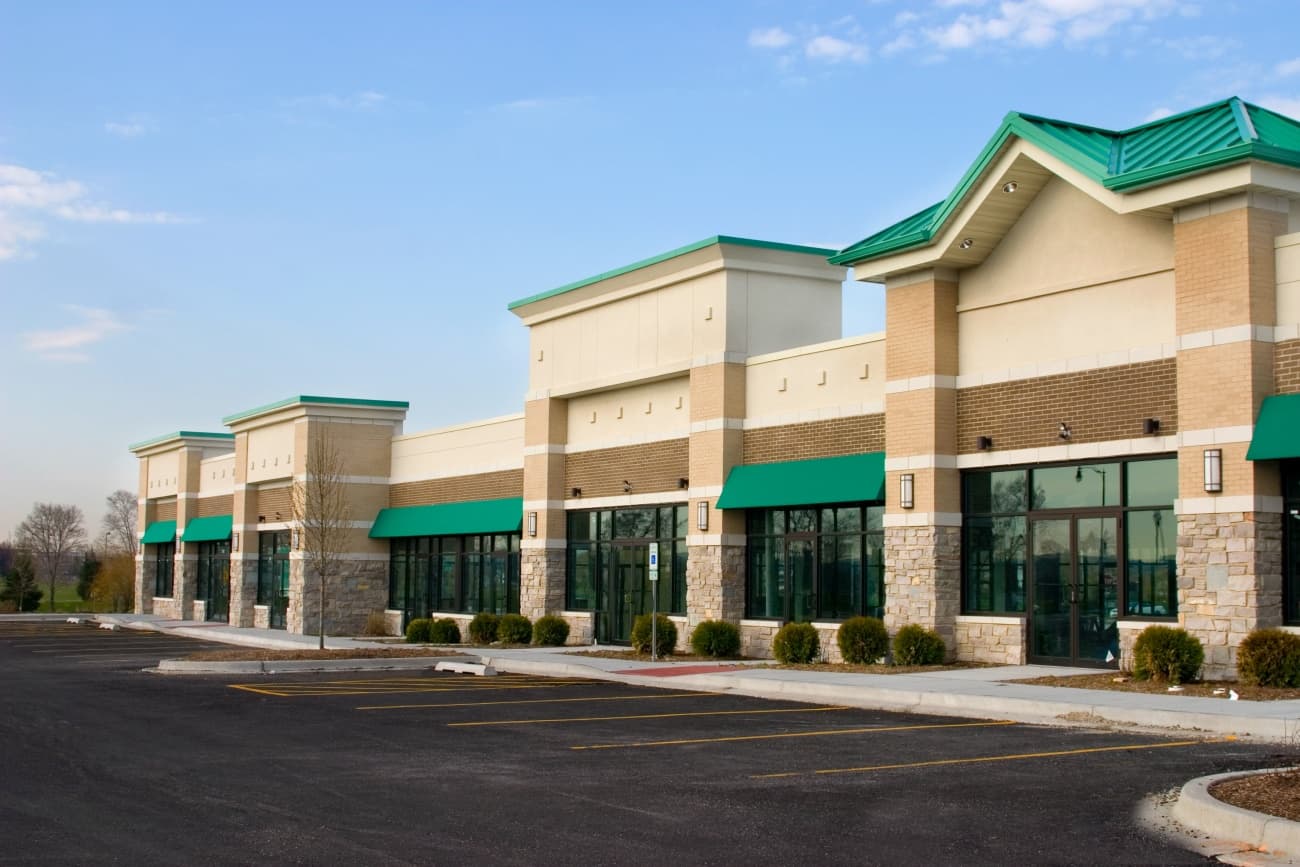This article was adapted from the CCIM Institute course “Commercial Mortgage-Backed Securities Financing.”
The commercial mortgage-backed securities market has been especially vulnerable to fallout from COVID-19. CMBS represents roughly $490 billion, about 15% of the $3.5 trillion in commercial real estate debt, according to the Mortgage Bankers Association. It’s a common financing avenue for commercial real estate projects, typically offering nonrecourse provisions, higher proceeds, and less stringent underwriting practices. Unlike a traditional bank loan, CMBS is securitized by the bond market, which provides these benefits.
But the advantages come with a few strings. CMBS borrowers can’t add debt to an existing loan. The loans are subject to oversight by the Securities and Exchange Commission and the Internal Revenue Service, with every dollar from a borrower passing through to bondholders without being taxed.
“The minute a performing loan is modified, the entire pool of bonds could become taxable,” says Ann Hambly, CRE, founder and CEO of 1st Service Solutions, a firm based in Grapevine, Texas, that specializes in CMBS borrower advocacy.
CMBS are handled by a master servicer, who collects payments and communicates with borrowers. But a special servicer takes over for loans that must be modified, typically those nearing or in default. “In a pre-COVID world, you’d never want your otherwise performing loan to be transferred to the special servicer,” Hambly says.
The special service rate for all CMBS loans held relatively steady in 2019 and early 2020, dipping to a low of 2.83 percent in March. Two months later, that rate more than doubled, reaching 6.07 percent in May.
The $2 trillion CARES Act was mostly unable to help CMBS borrowers. The $500 billion in small-business loans couldn’t help because they added debt. Meanwhile, CMBS borrowers have been trying to stay afloat while waiting for economic recovery or new avenues for relief.
For the CMBS industry to recover, servicers, regulators, and borrowers may need to work together to come up with a solution. “If CMBS special servicers work with the market and borrowers and grant reasonable relief for reasonable fees, I think we’ll have a CMBS market to talk about after COVID-19,” Hambly says.
Visit ccim.com/education for more information.










